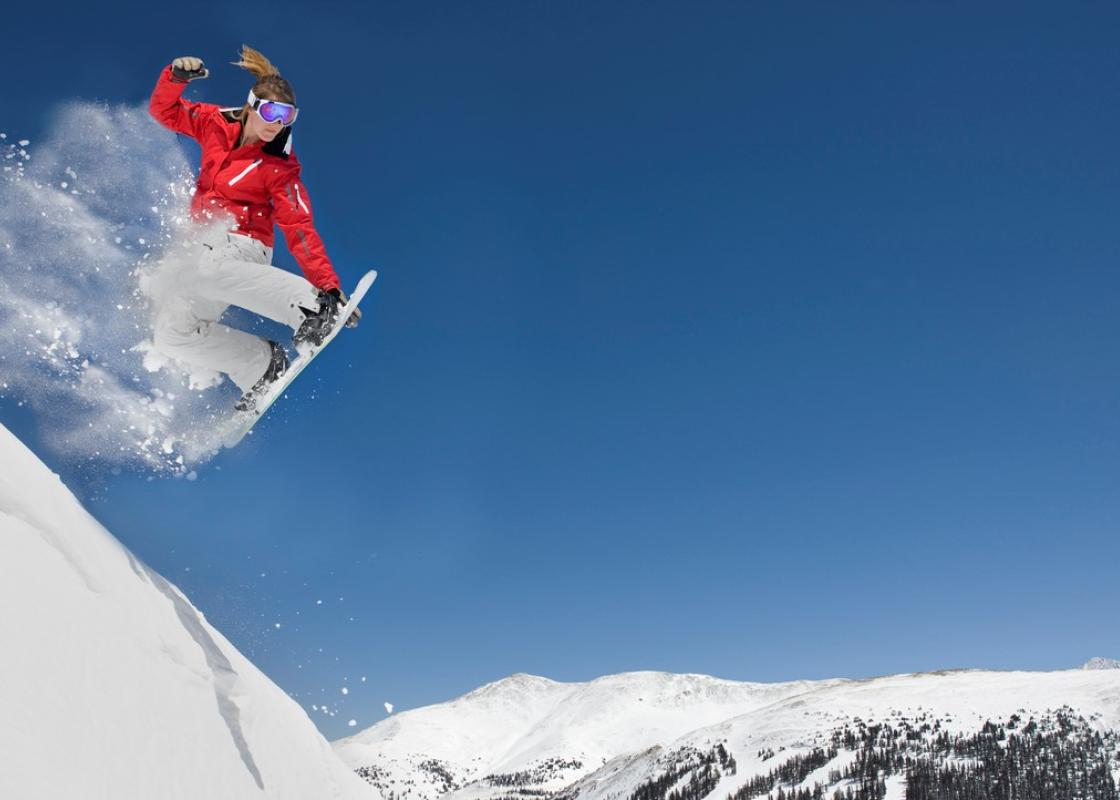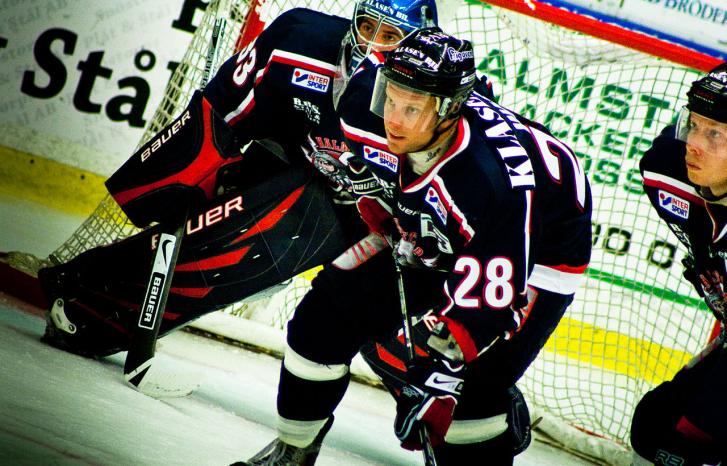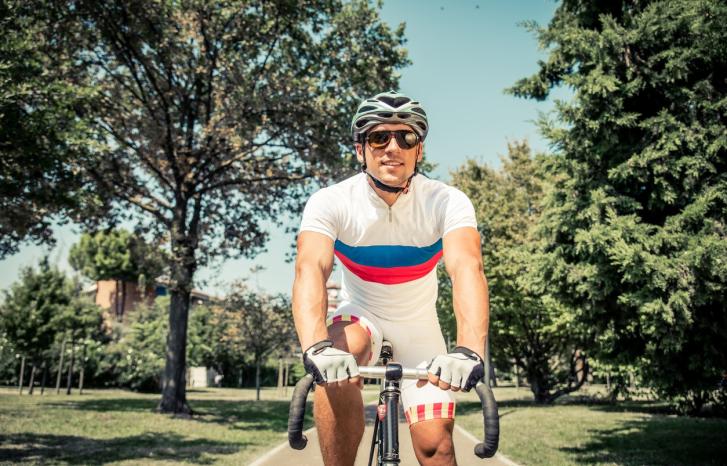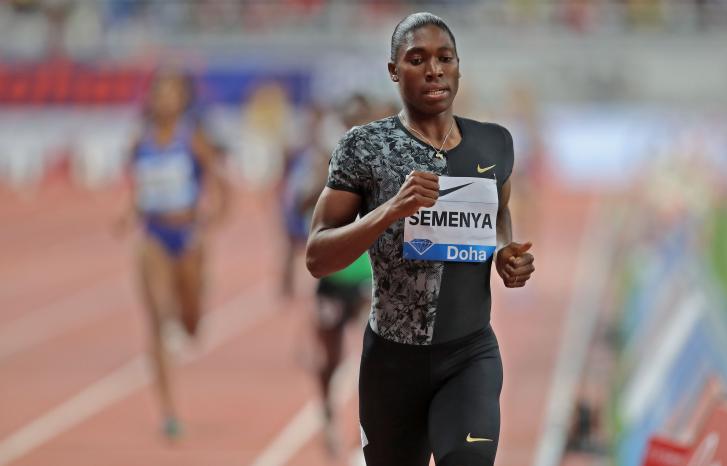Snowboarding was popularised in the 1960s by American skaters and surfers, and was part of the counterculture and youth rebellion of the time. The sport quickly became part of the lifestyle of cool and adventurous guys.
"The identity of girls has not been linked to the snowboard culture to the same extent as it has been for the boys," says Mari Kristin Sisjord.
"Boys have pursued snowboarding more actively, by filming their escapades and belonging to friend groups that share the same interest in the sport and that let it permeate all areas of their lives.”
In her new book Women in snowboarding, Sisjord shows how and why the mechanisms in snowboarding, which have fostered an imbalance of power between the sexes, have remained well hidden. They have resulted in fewer women at the top of the sport – in organisations, boardrooms and the media.
- Title: "Women in snowboarding"
- Author: Mari Kristin Sisjord, Professor Emerita in sports sociology at the Norwegian School of Sport Sciences.
- The book deals with the historical development of the sport, with a focus on gender and women's entry and position in the sport.
- Published in 2023 by the British academic publisher Routledge.

Gender, body and injuries
Professor Emerita Mari Kristin Sisjord has researched snowboarding as a sport and youth culture since 1996 and has authored a large number of publications on the topic. She began working on the publication Women in snowboarding in 2018. It began with research into injuries, a topic she had not previously looked into, but that needed to be included in order to provide a comprehensive picture of the sport.
"Research on injuries clearly demonstrates how the field of science, using gender as a variable, does not use gender as a perspective in injury research," she says.
"They make a distinction between girls and boys and look at which injuries are most common among the sexes, but they don’t problematise it any further or investigate what consequences it has for the athletes.”
There is only one norm, and that’s the male one.
As an example, female and male athletes use the same snowboarding facilities and do the same types of tricks, both of which are designed by and for men.
"There is only one norm, and that's the male one," says Sisjord.
"There are a lot of injuries in snowboarding, and much of the research indicates that it is mostly girls and women who are injured. This is due to how the snowboard courses and facilities are designed. They are not adapted to the female body.”
The researcher uses the French sociologist Pierre Bourdieu's concepts of physical capital and masculine domination to describe how gender differences are expressed in sport. She says that women lack sufficient physical capital to deal with the challenges they face in snowboarding facilities and in competitions.
"This is reflected in how girls and boys use the airspace and facilities differently. If the girl get off to a bad start, they're not as good at recovering as the boys, who have more resilience and strength," she explains.
"I discovered that many female athletes wait until they’re actually in a competition before performing their tricks, because they’re worried about injuring themselves beforehand.”
Is differential treatment always wrong?
According to Sisjord, a lack of physical capital can affect an athlete’s self-confidence, which can in turn impact their performance. In some instances, girls may feel a greater sense of insecurity when it comes to performing tricks. In male-dominated sports such as snowboarding, this can quickly lead to women becoming second-rate performers or becoming an outsider.
"The question is whether it is necessarily problematic for women to become outsiders," Sisjord points out.
"In other winter sports, such as ski jumping and alpine skiing, there are different arrangements for women and men. In alpine skiing, women have their own courses, and in ski jumping they often have a higher start gate.”
Arenas built for men
Anne Tjønndal is a professor at Nord University and has conducted research into sports and gender. She believes that, even though women participate on an equal footing with men, it is problematic that arenas are built for men.
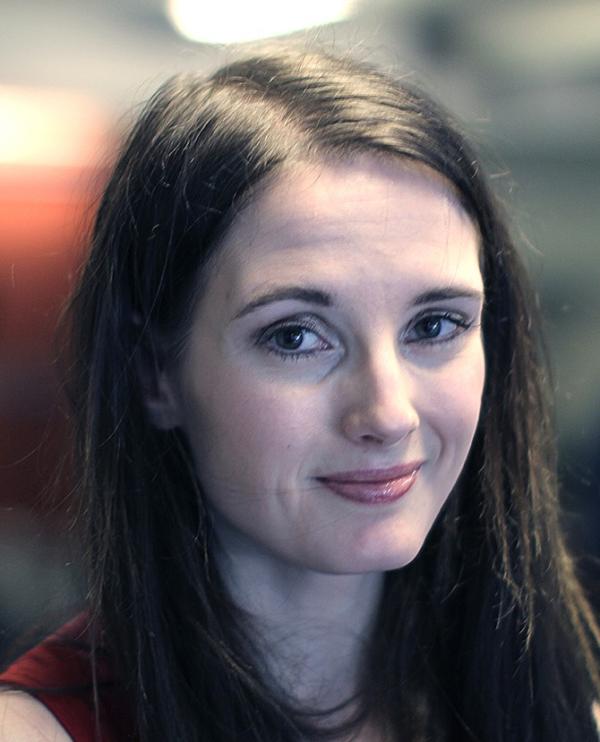
"The battle for gender equality in sport has often centred round access – demonstrating that women can perform the same activities and just as well as men," she says.
"The question remains of whether it is gender equality to treat both sexes equally when men and women’s bodies are different and sport is organised on men's terms.”
It is still the case that most sports structures are built on the basis of the male body, and Tjønndal believes this is problematic.
"There needs to be more research into injuries to investigate how they affect female and male athletes differently," she says.
"In recent years, there’s been more focus on understanding the female athlete’s body.”
She explains that hidden mechanisms in sport are among the most challenging aspects of today's gender equality issues.
"The challenges centre around subtle comments, withholding information, mechanisms for recruiting senior management and the way the media presents gender and women in sport.”
A masculine domain and culture
A central theme in Mari Sisjord's book is how to organise the sport. Organisations and boardrooms dominated by men seems to impact the way women participate and perform.
"When it comes to how snowboarding is organised internationally, the sport is developed and managed by men, the coaches are men, and the judges are primarily men," says Sisjord.
During the 2000s, the sport was institutionalised. This was partly as a result of snowboarding being included in the 1998 Olympic Games, despite the fact that major snowboarding stars like Terje Håkonsen described the sport as "everything the Olympics isn't". This development affected both the profile and economy of the sport.
"It's not such a 'cool' sport anymore, and there isn’t as much money in it as there used to be," Sisjord says.
"However, there have also been a lot of positive changes. For example, women and men received different prizes in the early stages of the sport, but that's no longer the case.”
Men get better sponsorship deals
The reduced financial support in the sport means that athletes are largely dependent on good sponsorship deals to maintain a professional career, Sisjord explains. In that respect, having a presence on social media is crucial – and how this presence in turn influences social perceptions of gender.
"Men often get better sponsorship deals because there is a perception that men are the main players in the sport. Women need to play more on their looks in order to gain attention and more followers on social media.”
Sisjord explains that, in practice, many of the athletes are self-employed. In order to be successful, they not only need to be active on social media but also on the snowboard. The road to the top is challenging, and requires not just talent but also guts. There needs to be external incentives as support is not always systematically organised.
Top female athletes earn huge respect
"Female athletes who achieve top results often earn huge respect precisely because reaching the top is so challenging for women," she says.
Committed athletes have previously tried to bring more girls into the sport through initiatives such as "PowderPuff Girls" and "Girls on Boards”. The initiatives did succeed in recruiting more girls, but perhaps not enough," says Sisjord.
The boys take pictures and film each other, and make the snowboarding culture part of their lifestyle.
"The majority of girls who snowboard in their teens tend to leave the sport and choose other career paths as they approach their late teens," she points out.
This may be linked to the fact that girls often don’t live and breathe the snowboarding life in the same way as boys," says Sisjord.
"The boys take pictures and film each other, and make the snowboarding culture part of their lifestyle. Girls often have more diverse interests and don't spend as much time on the slopes.”
Essential to make good films
Girls who choose to follow the same path as the boys can nonetheless achieve significant success.
As an example, Sisjord points to the collaboration between Kjersti Buaas and Stine Brun Kjeldaas, who founded the company Brun Buaas Production. They made videos about the snowboarding lifestyle using the money they won by finishing first and second in the World Cup in 2002. The film project resulted in a number of video reports, and a series aimed at young people about snowboarding.
"Films are an important part of athletes gaining exposure and recognition. Making good films is just as important as doing well in competitions," Sisjord explains.
"Originally, the films also served as educational videos for snowboarders, but they’ve now evolved into an important part of raising the sport's profile and securing sponsorship deals.”
Always felt welcome
The book shows the changes that have taken place throughout the sport's short history through interviews with three athletes: Åshild Lofthus, Stine Brun Kjeldaas and Kjersti Buaas.
"In the beginning, girls were treated badly and had to tolerate a lot if they wanted to be athletes," Sisjord explains.
The way in which the media portrays the sport and represents genders in sport also play an important role.
It is somewhat paradoxical that the three athletes interviewed state that they have always felt included in the sport, the researcher says. Annika Bodemar, the secretary general of the Norwegian Snowboard Federation expressed the same sentiment in 2003. She believed that girls were more than welcome into the sport.
"Åshild Lofthus was awarded worse prizes and contracts than the boys, despite the fact that she has achieved more wins than any other snowboarder in Norway," says Sisjord.
"Despite that, she always felt included. It was her male teammates who urged her to negotiate a better contract," says Sisjord.
In the interview with Sisjord, Lofthus says that she felt lucky to be able to travel abroad and live life as a professional athlete. The snowboarder from Vinje also believes that training with the boys made her a better athlete.
"She only wanted to snowboard the same slopes as the boys. She would strive to perform as well as the boys in order to develop as a snowboarder.”
Must work actively with gender equality
Professor Anne Tjønndal believes that achieving diversity and equality may require more than just a sense of inclusion. In order to achieve real gender equality, we also need to work actively to change the structural and cultural barriers that perpetuate inequalities.
"Despite the fact that female athletes feel welcome and thrive in the social environment, the sport's infrastructure is still primarily adapted to male athletes," says Tjønndal.
"The way in which the media portrays the sport and represents genders in sport also plays an important role.
Although previous generations of female snowboarders have felt included and did not question the differential treatment they received, the athletes that followed are more aware of the structural differences and are more active in countering inequality. Kjersti Buaas is someone who has given this issue particular attention, Sisjord explains.
"Kjersti Buaas researched injuries and found that girls are much more injured than boys. It’s related to physics, as well as the snowboarding facilities, which are designed for male athletes.”
In order to design the sport to be a more inclusive in the future, it is essential to be aware of these physical factors. According to Sisjord, there is another prerequisite that is essential to the development of snowboarding:
"The way in which the media portrays the sport is essential to its development. When all you see is men, it's men that become the norm.”
